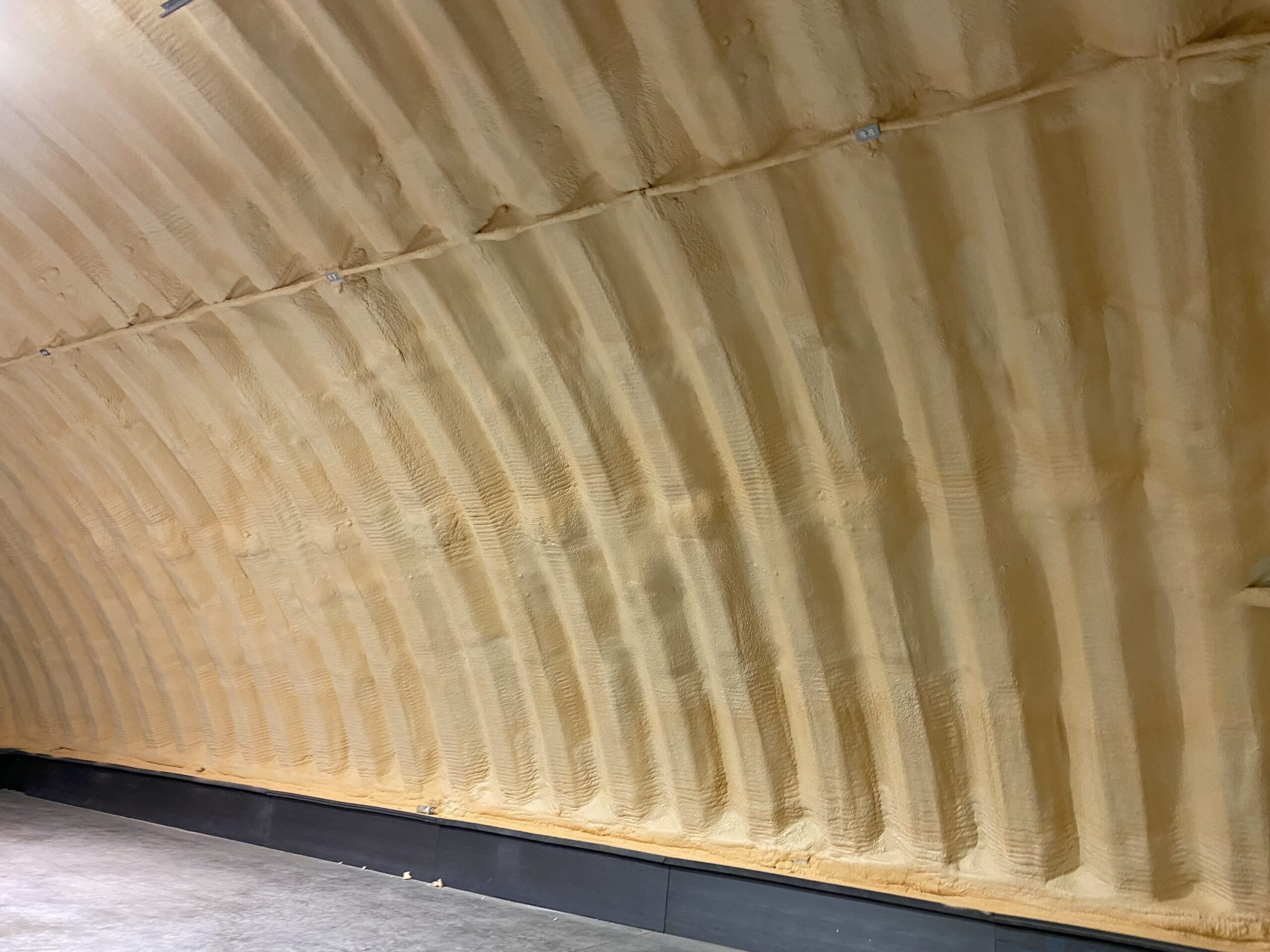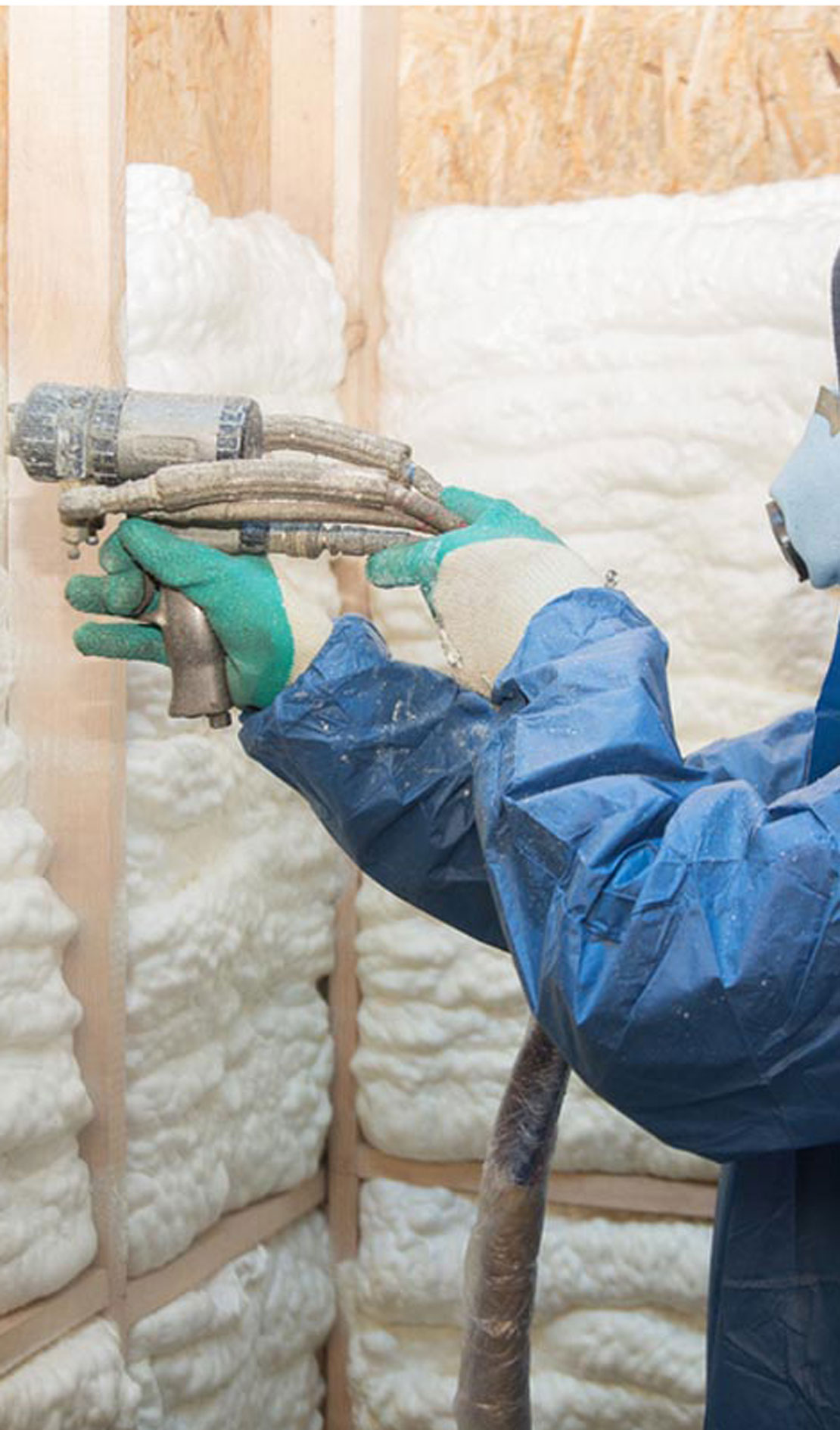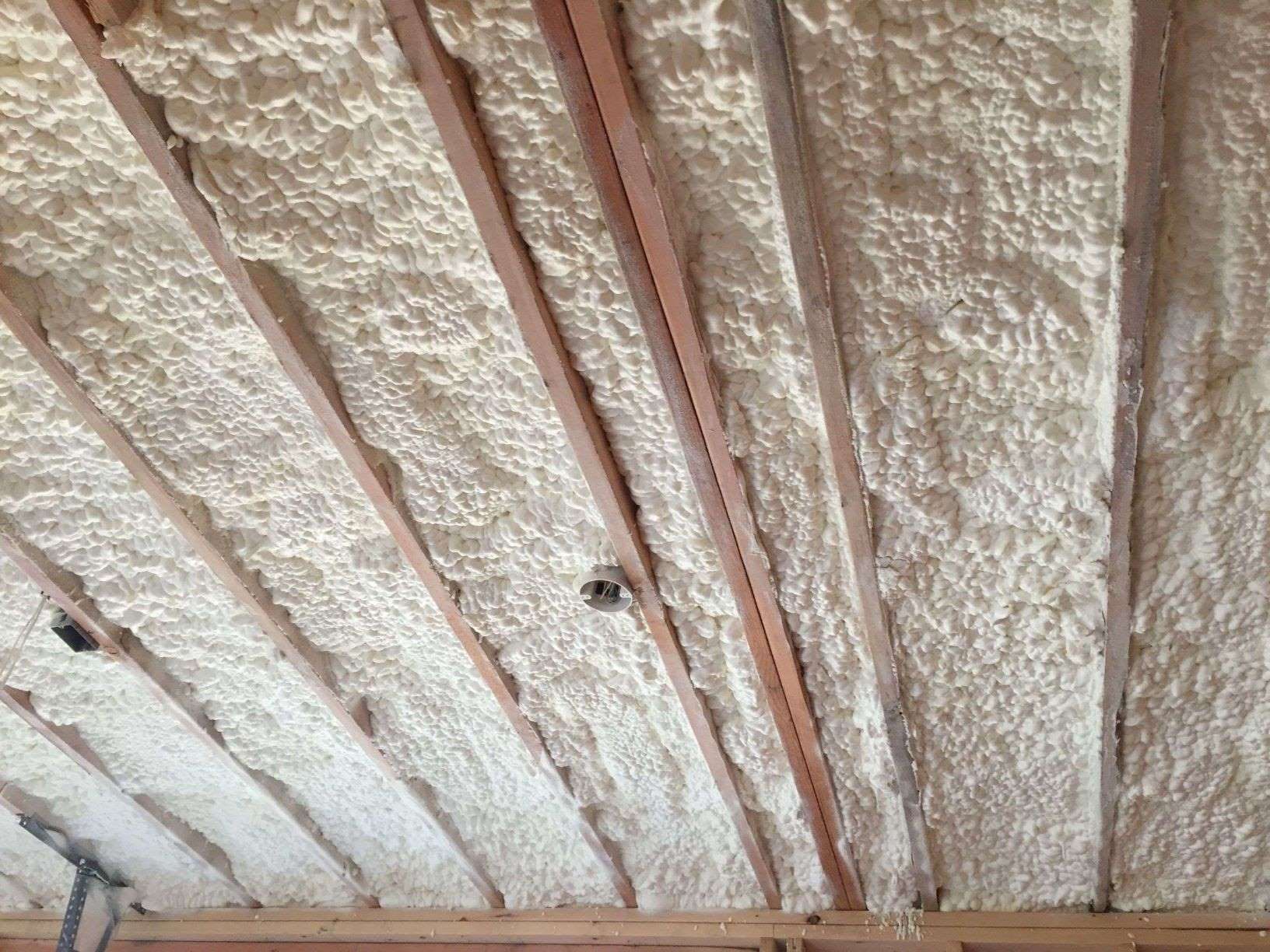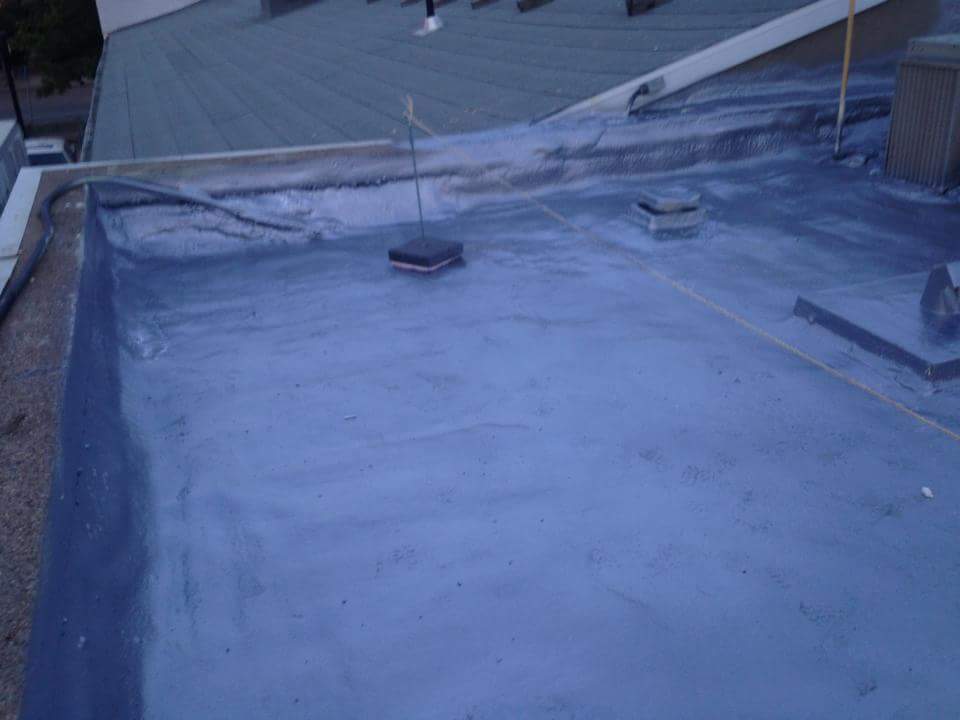Hydrophobic Foam Dock Repairs: A Comprehensive Overview
Dock repairs are a crucial aspect of maintaining the functionality and safety of waterfront properties. One of the most innovative materials used in these repairs is hydrophobic foam. This type of foam offers a unique set of benefits when addressing dock issues, particularly because it repels water, is lightweight, and provides excellent buoyancy. Here's an in-depth look at hydrophobic foam dock repairs.
What is Hydrophobic Foam?
Hydrophobic foam is a type of closed-cell foam that has been treated or engineered to repel water. Unlike open-cell foam, which absorbs water and can become heavy and degrade over time, hydrophobic foam remains dry, lightweight, and buoyant even when exposed to harsh weather conditions or submerged in water. The closed-cell structure creates tiny pockets that trap air, preventing water from infiltrating the foam. This makes it an ideal material for outdoor, marine, and dock repairs, where exposure to water is inevitable.
Benefits of Hydrophobic Foam in Dock Repairs
- Water Repellency: The most obvious benefit of hydrophobic foam is its ability to resist water absorption. This feature ensures that the foam will not lose its strength or buoyancy when exposed to the harsh elements of water, such as high humidity or submersion.
- Durability: Hydrophobic foam is designed to withstand the wear and tear that docks face due to constant exposure to water, sunlight, and salt. It doesn't degrade over time as easily as other materials, which makes it a long-term solution for dock repairs.
- Buoyancy: Foam dock repair materials often need to offer excellent buoyancy, and hydrophobic foam excels in this area. It can support the weight of docks, boats, and other structures that float on water, ensuring that the dock remains functional.
- Lightweight: Compared to other materials like concrete or metal, hydrophobic foam is incredibly lightweight. This makes it easier to transport and install, reducing the labor costs and time involved in dock repairs.
- Environmentally Friendly: Hydrophobic foam can be made from recyclable materials and is often non-toxic, making it a more eco-friendly option than other dock repair materials. Its resistance to water also means that it doesn’t promote mold, mildew, or other growth that could harm the surrounding ecosystem.
Common Uses in Dock Repairs
- Replacing Damaged Foam Sections: Over time, foam used in the construction of docks can degrade, becoming waterlogged or damaged. Hydrophobic foam can replace these worn-out sections, restoring buoyancy and structural integrity without adding unnecessary weight.
- Floating Docks and Pontoons: Hydrophobic foam is often used in the repair of floating docks or pontoons. If the foam inside a floating dock or pontoon becomes waterlogged or damaged, it can be replaced with hydrophobic foam, restoring the dock's buoyancy without affecting its stability.
- Dock Edge Protection: Hydrophobic foam can be applied to the edges of docks to create a protective barrier that helps prevent damage from impacts or the wear caused by continuous exposure to water. Its lightweight and impact-resistant properties make it a great option for dock bumpers.
- Insulation for Dock Construction: Hydrophobic foam can also be used as insulation in dock construction. Since it resists water absorption, it helps maintain the integrity of the dock over time, reducing energy loss and contributing to better insulation for the dock's structure.






